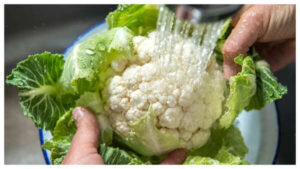India’s Forgotten Fruits: 5 Local Superfoods Making a Comeback
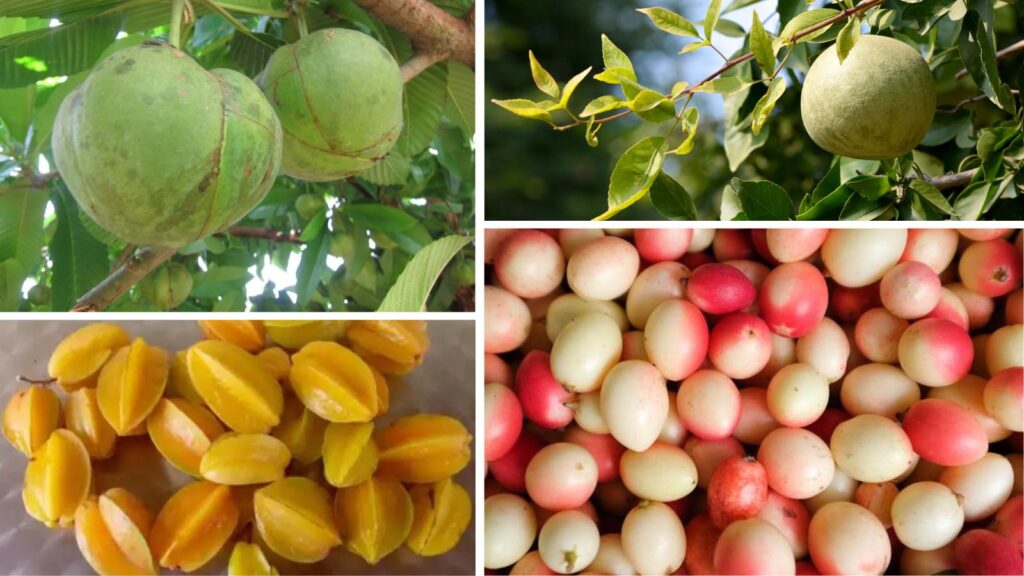
India’s Forgotten Fruits: 5 Local Superfoods Making a Comeback
In India, mangoes, bananas, and apples are household staples. But hidden in our forests and local markets are fruits that once formed a vital part of traditional diets and Ayurvedic remedies—now nearly forgotten.
These lesser-known fruits are packed with nutrients, medicinal properties, and bold flavors. Though they rarely appear in supermarkets today, they’ve long been used in chutneys, pickles, sherbets, and curries. It’s time to bring them back to the table.
1. Chakotra (Pomelo)
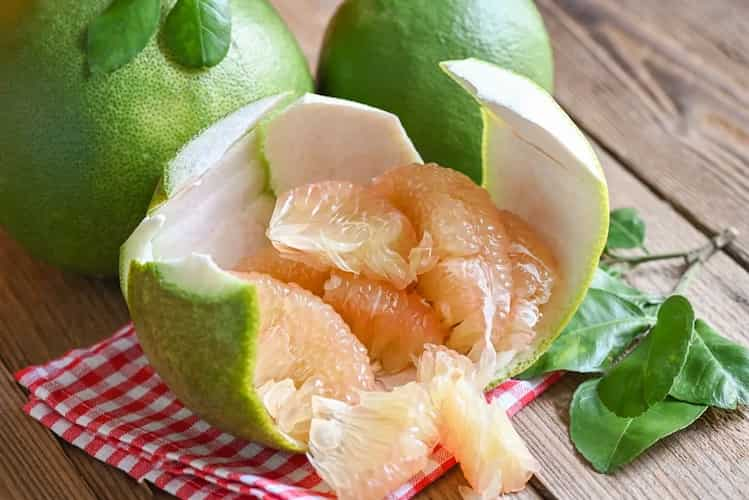
The Sweet Giant of Citrus
Often mistaken for a grapefruit, chakotra is sweeter and less bitter. Rich in vitamin C, potassium, and antioxidants, it’s great for hydration, digestion, and heart health.
How to eat:
Peel the thick rind, separate the segments, remove the membrane, and enjoy with black salt. You can also toss it into salads with cucumber and mint or blend it into a juice with honey and ginger.
2. Kamrakh (Star Fruit)
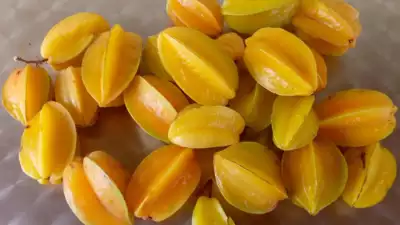
The Tangy Star
This star-shaped fruit comes in both sweet and sour varieties. It’s high in vitamin C, fiber, and polyphenols, which aid digestion and fight free radicals.
How to eat:
Slice and eat raw with a pinch of black salt. Use it in tangy chutneys with green chilies and jaggery, or toss it into salads for a zesty twist.
3. Bael (Wood Apple)
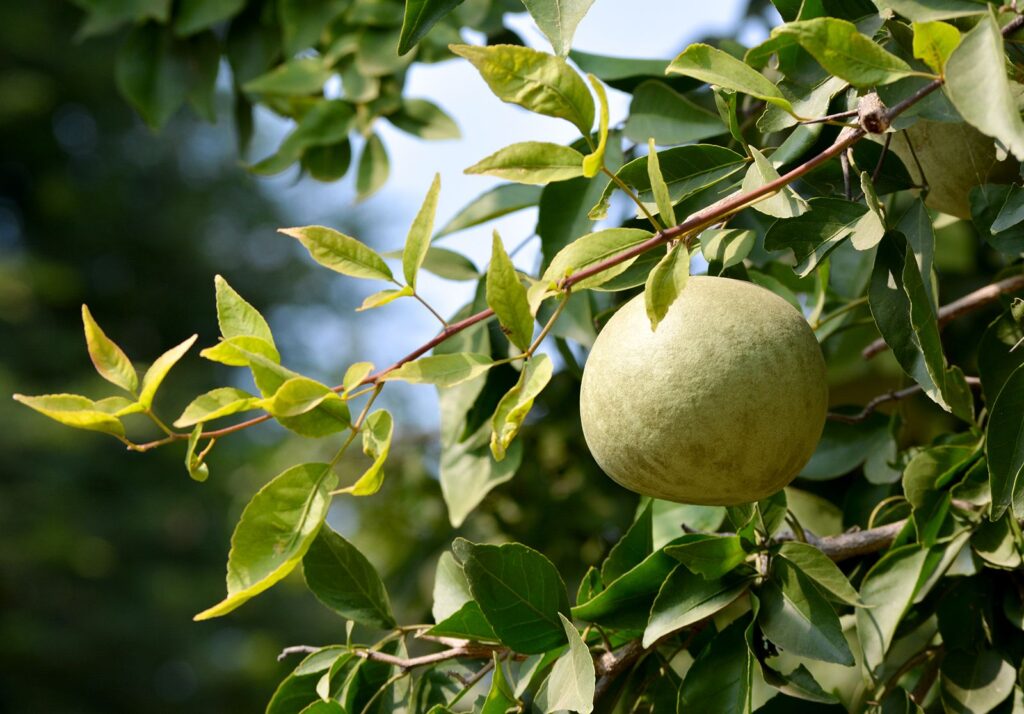
The Gut Healer
With its hard outer shell and fragrant pulp, bael is prized in Ayurveda for cooling the body and improving digestion. It’s rich in vitamin C, antioxidants, and gut-friendly compounds.
How to eat:
Scoop out the pulp, mix with water, strain, and sweeten with jaggery, cardamom, and black salt to make a refreshing summer drink. It also makes a great tangy chutney.
4. Chalta (Elephant Apple)
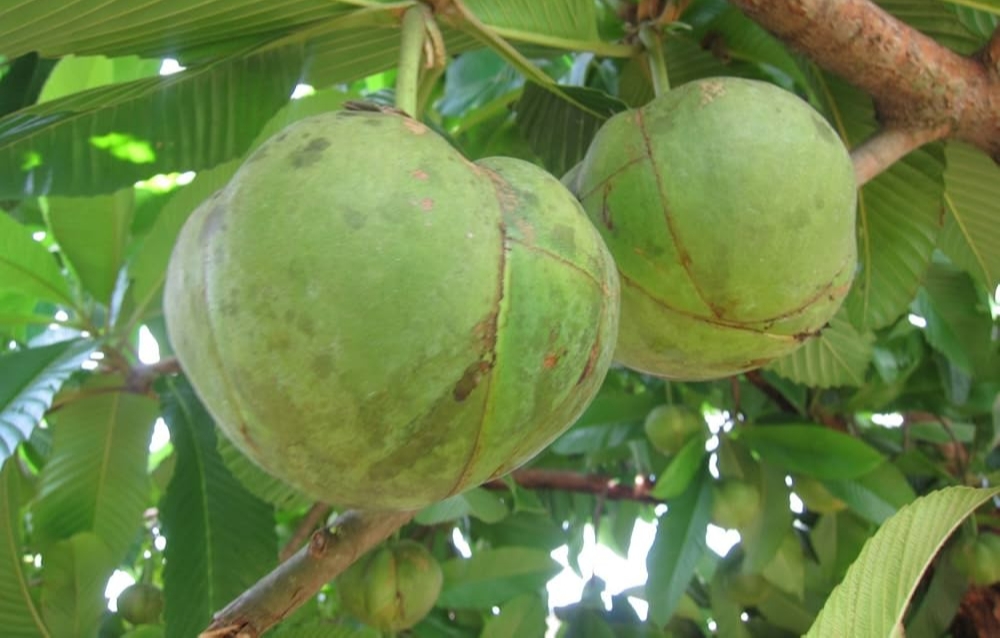
The Forest Sourbomb
Native to Indian jungles, this fibrous, sour fruit is rich in fiber and antioxidants. It boosts immunity, helps digestion, and promotes healthy skin.
How to eat:
Make a spicy chutney with jaggery and ginger or prepare it as a tangy pickle. You can also blend it into a sour summer cooler with mint and sugar.
5. Karonda (Bengal Currant)
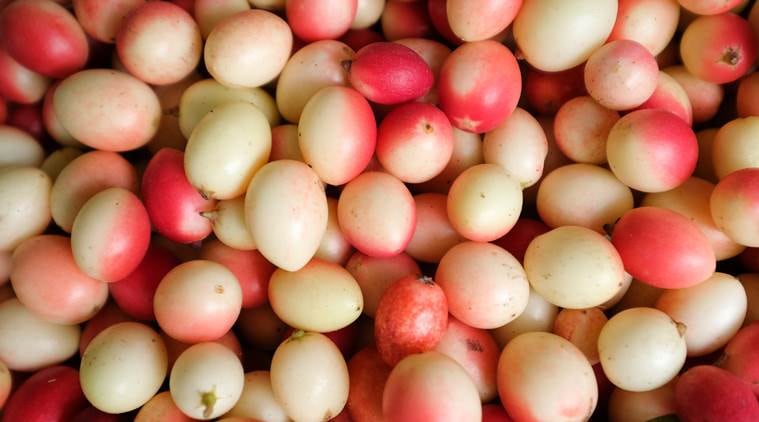
The Tiny Powerhouse
This small, sour fruit is a nutritional powerhouse. High in vitamin C, iron, and antioxidants, it’s known for boosting hemoglobin and managing blood sugar.
How to eat:
Sprinkle with black salt or chili powder and eat fresh. It’s perfect for pickles, chutneys, and even jam once fully ripe.
Why These Fruits Matter Today
In a world chasing modern superfoods, these traditional fruits remind us that nature has always had the answers. Full of health benefits and cultural heritage, they deserve a spot in our diets once again.







